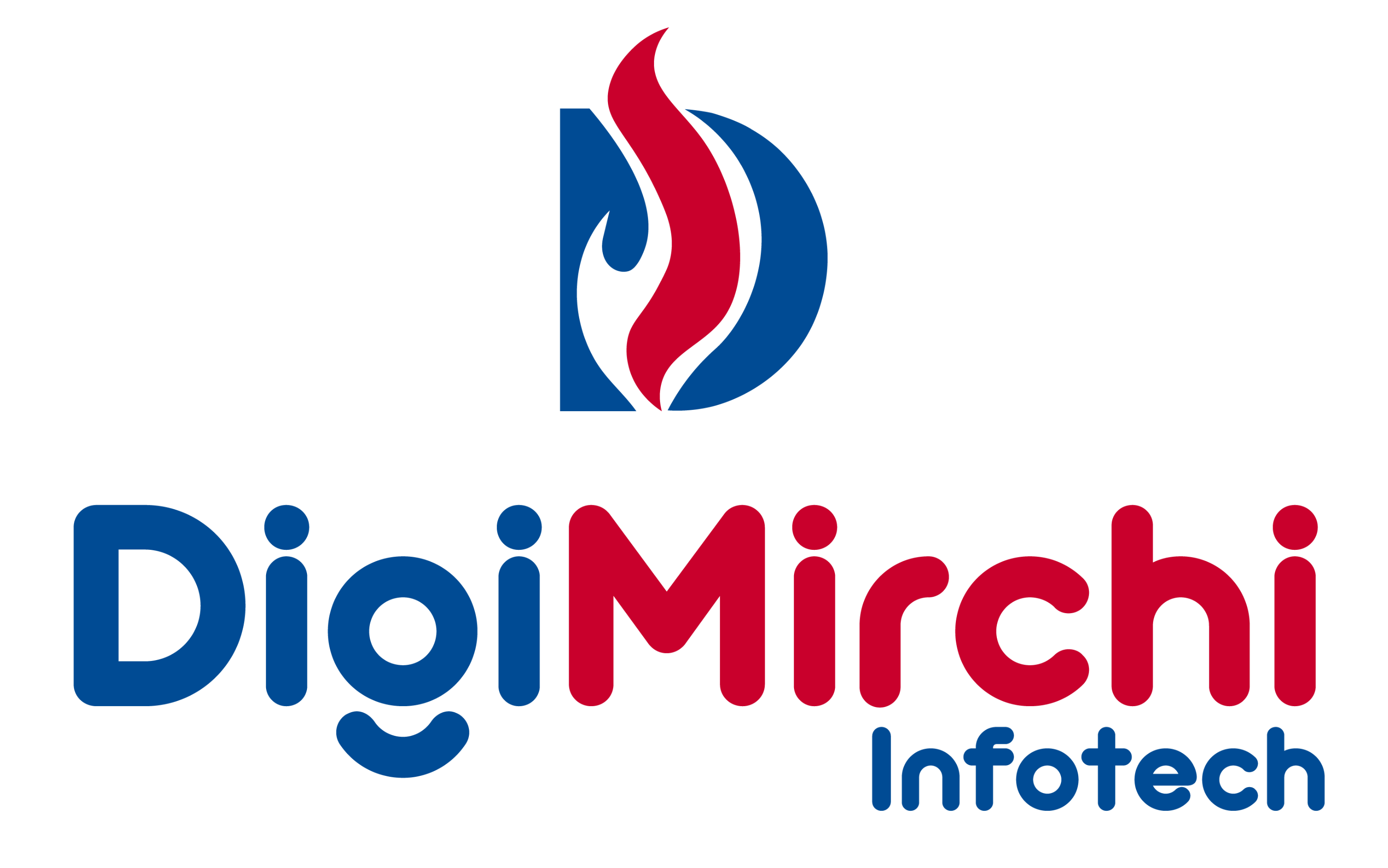Understanding Odoo ERP Implementation
Implementing an Enterprise Resource Planning (ERP) system is a transformative decision for any business. Odoo, with its modular architecture and comprehensive suite of business applications, has emerged as a leading choice for organizations seeking flexibility and scalability. A successful Odoo implementation can streamline operations, enhance productivity, and provide valuable insights for data-driven decision-making.
However, the journey from decision to deployment requires careful planning, strategic execution, and ongoing optimization. This comprehensive guide walks you through each phase of Odoo ERP implementation, ensuring your organization maximizes return on investment while minimizing disruption to daily operations.
Phase 1: Planning and Assessment
Business Process Analysis: Begin by conducting a thorough analysis of your current business processes. Document workflows across all departments, identify pain points, and determine which processes need improvement. This analysis forms the foundation for your Odoo configuration and helps identify which modules are essential for your operations.
Stakeholder Engagement: Involve key stakeholders from every department early in the process. Their insights are invaluable for understanding departmental needs, identifying integration requirements, and ensuring buy-in across the organization. Create a project team with representatives from IT, operations, finance, sales, and other critical departments.
Requirements Documentation: Develop detailed requirement specifications that outline functional needs, technical requirements, and success metrics. Define clear objectives for what you want to achieve with Odoo, whether it's inventory optimization, improved financial reporting, enhanced customer relationship management, or streamlined manufacturing processes.
Phase 2: Solution Design and Configuration
Module Selection: Odoo offers over 30 main applications covering everything from CRM and sales to manufacturing and human resources. Select modules that align with your business requirements, starting with core functionalities and planning for phased rollout of additional modules. Avoid the temptation to implement everything at once.
System Architecture: Design your Odoo system architecture considering factors like user load, data volume, integration requirements, and scalability needs. Decide between Odoo Community, Enterprise, or Odoo.sh cloud hosting based on your technical capabilities and business requirements. Consider multi-company setups if you operate multiple business entities.
Customization Planning: While Odoo's standard features cover most business needs, some customization may be necessary. Identify gaps between standard functionality and your requirements, prioritizing customizations based on business impact. Remember that excessive customization can complicate future upgrades, so aim for configuration over custom development wherever possible.
Phase 3: Data Migration and Testing
Data Preparation: Clean and prepare your legacy data for migration. This includes removing duplicates, standardizing formats, and validating data accuracy. Create a data migration strategy that prioritizes critical information like customer records, product catalogs, inventory levels, and financial data. Plan for both master data and transactional data migration.
Testing Strategy: Implement a comprehensive testing approach that includes unit testing, integration testing, user acceptance testing (UAT), and performance testing. Create test scenarios based on real business processes and involve end-users in UAT to ensure the system meets practical needs. Document all issues and track resolution progress.
Phase 4: Training and Change Management
User Training Programs: Develop role-based training programs that focus on how users will interact with Odoo in their daily tasks. Create training materials including user manuals, video tutorials, and quick reference guides. Consider a train-the-trainer approach where super users can support their colleagues during and after go-live.
Change Management: Address the human side of implementation by communicating benefits clearly, addressing concerns proactively, and celebrating early wins. Resistance to change is natural, so create a change management plan that includes regular communication, feedback mechanisms, and visible leadership support.
Phase 5: Go-Live and Post-Implementation Support
Go-Live Planning: Plan your go-live carefully, considering business cycles and peak periods. Many organizations choose a phased rollout, starting with one department or location before expanding. Prepare a rollback plan in case of critical issues, and ensure adequate support resources are available during the initial weeks.
Continuous Improvement: Implementation doesn't end at go-live. Establish processes for gathering user feedback, monitoring system performance, and identifying optimization opportunities. Regular reviews help ensure Odoo continues to meet evolving business needs and delivers sustained value.
Partner with Experts for Success
Successful Odoo implementation requires expertise, experience, and dedication. At DigiMirchi Infotech, our certified Odoo consultants bring deep industry knowledge and technical excellence to every implementation project. We guide organizations through each phase, from initial assessment to post-implementation optimization, ensuring your Odoo system becomes a strategic asset that drives business growth.
Whether you're a small business taking your first steps with ERP or a growing enterprise seeking to consolidate multiple systems, our team provides the expertise and support you need for a successful Odoo implementation. Contact us to discuss how we can help transform your business with Odoo ERP.







